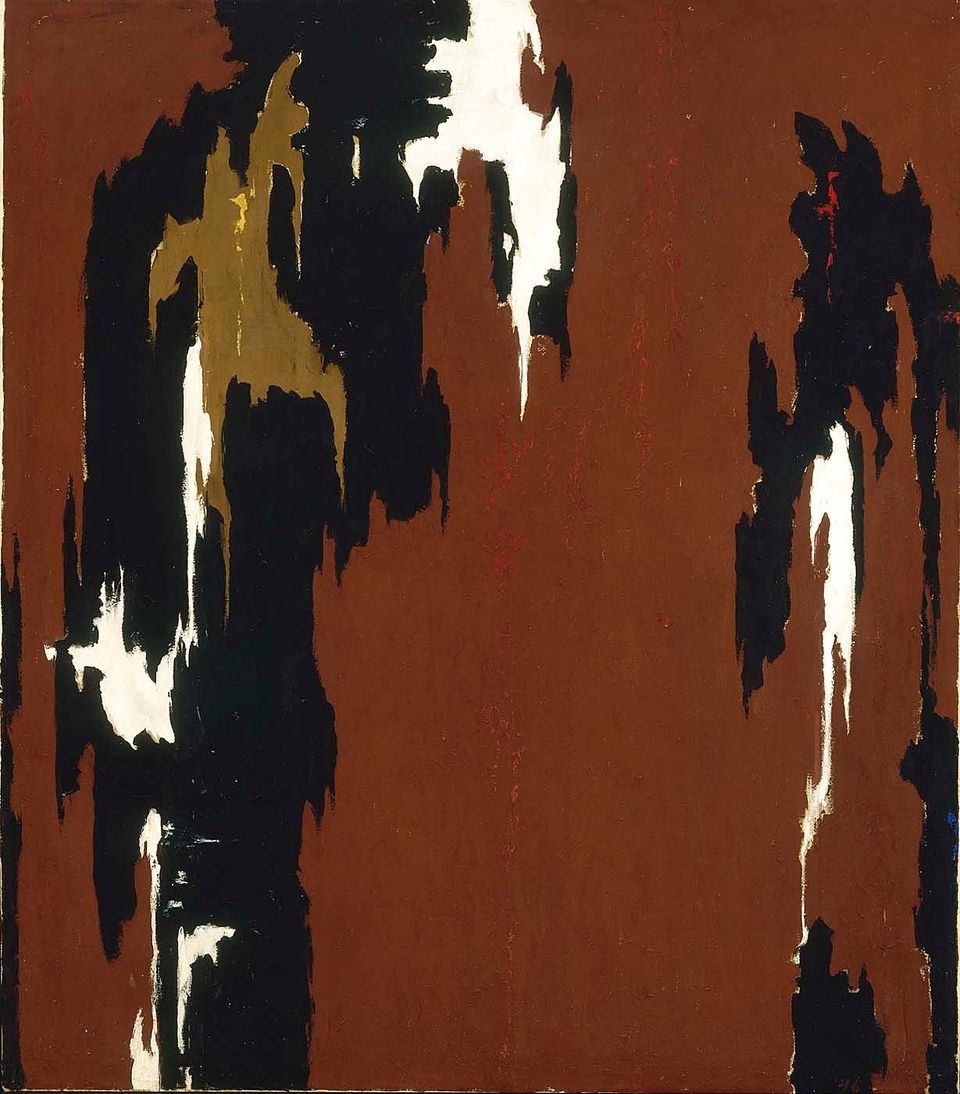
This post is part of an ongoing series on Eye Level: "Q and Art," where American Art's Research department brings you interesting questions and answers about art and artists from our archive.
Question: I've read a lot about Abstract Expressionism in New York during the 1940s and 50s, painters such as Jackson Pollock and William De Kooning. What about the rest of the United States? Were there Abstract Expressionists in other places?
Answer: The art historian Susan Landauer tells the story of California Abstract Expressionists in her book The San Francisco School of Abstract Expressionism. The artists were professors or students at the California School of Fine Arts from the mid 1940s through 1960. Landauer argues that they followed a parallel path with the New York Abstract Expressionists to develop a new style of painting. In the book's preface, she describes some of the differences and similarities between the two groups:
San Francisco Abstract Expressionism differs from the New York version in certain respects. Not being a product of a frenzied metropolis, it is perhaps slower, less flashy, and more deeply rooted in nature. At the same time, it is equally expressive of the post-World War II experience, with its peculiar ambivalences and swings of mood between ecstatic expansiveness and painful introspection. Like most of the New York artists, the San Franciscans believed that strokes of paint on canvas could express their innermost feelings--even, some thought, their spiritual essence--while functioning as a kind of pictorial Esperanto. But what seems to have provided them with their greatest source of energy was a complete faith in the revolutionary character of their art.
Clyfford Still was one of the most revolutionary artists of the San Francisco School and is often described as a leader of Abstract Expressionism. Raised in Washington state and Alberta, Canada, he studied literature and philosophy at Spokane University. During World War II, Still worked at factories in the San Francisco area. He spent a year in New York before returning to San Francisco to teach at the California School of Fine Arts (CSFA, now the San Francisco Art Institute). While he was there--from 1946 to 1950--he painted large canvases with expanses of darkly colored fields with jagged edges. The paintings were unlike anything his fellow professors and students had seen, and although he did not try to persuade students to adopt his style, his work had an impact on the artists at CSFA.
Hassell Smith, a professor at CSFA, claimed that Still's 1947 exhibition at the Legion of Honor was the major motivation for his switch from figurative to abstract painting. Smith admired Still’s work, but he developed his own style that expressed humor and the energy of the Dixieland jazz that was popular at the time. The introspective and philosophical side of the San Francisco School is revealed in the paintings of Frank Lobdell. One of the many veterans to attend CSFA on the GI bill, Lobdell painted dark paintings with twisted forms that showed the anxiety of the postwar period.
Unfortunately, there is not space here to mention all of the San Francisco School artists, but you can view artworks by some of the California Abstract Expressionists in The American Art Museum's collection: Ernest Briggs, Edward Corbett, Richard Diebenkorn, Sonia Getchoff and George Stillman.
To read more about the artists mentioned above look for the following books at a bookstore or your library: Susan Landauer's The San Francisco School of Abstract Expressionism, Paper Trails: San Francisco Abstract Expressionist Prints, Drawings and Watercolors and San Francisco and the Second Wave: The Blair Collection of Bay Area Abstract Expressionism. To explore the Clyfford Still's work in greater depth, visit the new Clyfford Still Museum in Denver, Colorado.


















